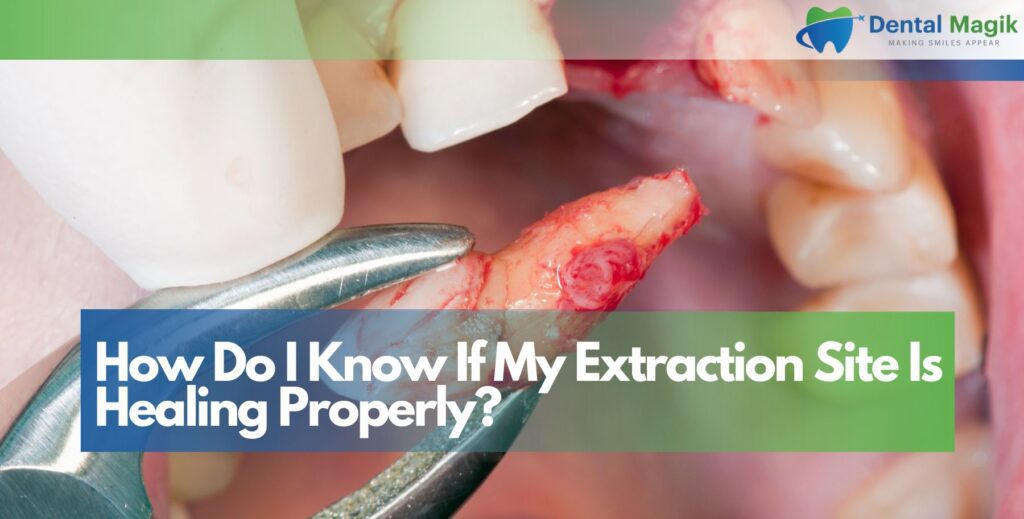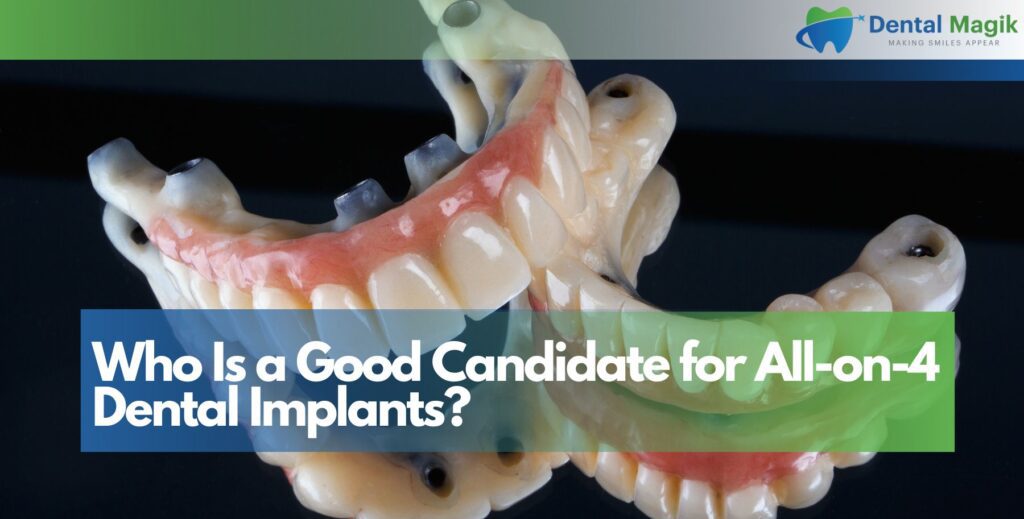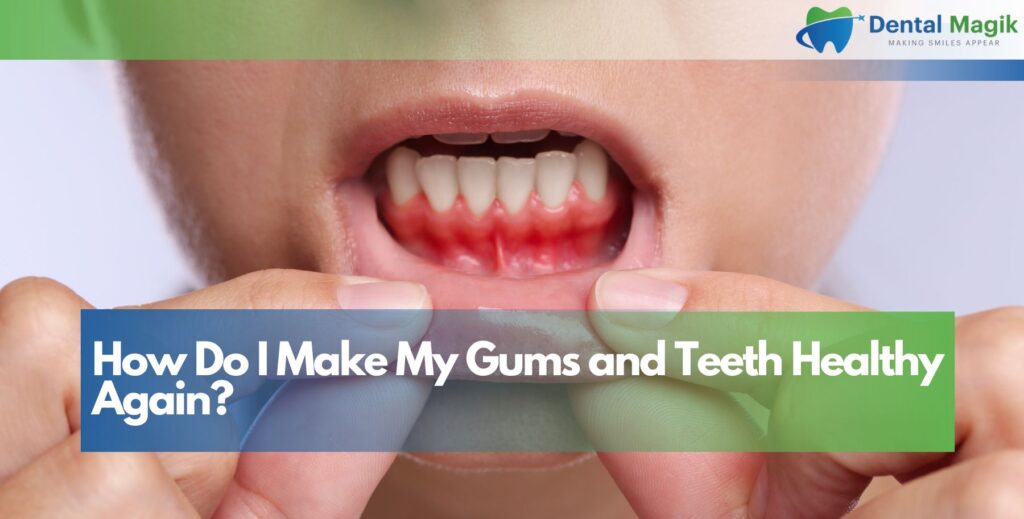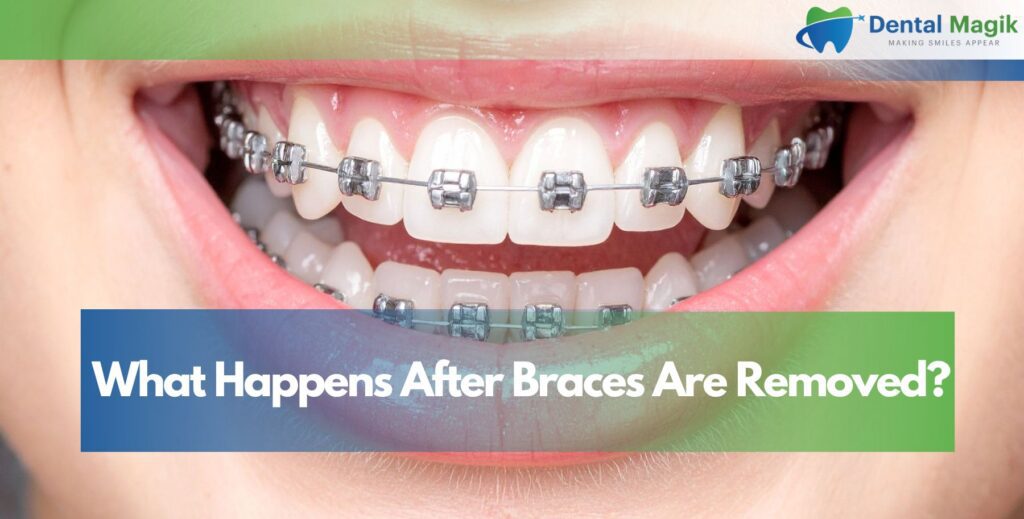Dental crowns are one of the most popular and effective solutions in restorative dentistry. Whether it’s to fix a damaged tooth, improve your smile, or protect a root canal-treated tooth, tooth crowns are widely used in modern dental care.
But how exactly do tooth crowns work? Why are they so important, and when should you consider getting one?
Let’s explore the complete breakdown of how dental crowns function, their benefits, the step-by-step process, different types, and how they help restore your dental health and appearance.
What Is a Dental Crown and Why It’s Used
A dental crown is a custom-made cap placed over a damaged or weakened tooth to restore its shape, size, strength, and appearance. It acts like a protective shell and helps preserve the natural tooth structure underneath.
When You Might Need a Dental Crown
- To repair a cracked or chipped tooth
- To cover a decayed or worn-down tooth
- After a root canal treatment
- To restore a broken tooth
- To support a dental bridge
- To cover a dental implant
- For cosmetic improvements
A crown is not just about looks—it provides essential strength and protection, especially for teeth that are too weak for fillings or other treatments.
How Do Tooth Crowns Work in Protecting Your Teeth
Tooth crowns act as a strong outer shell that covers and protects damaged or weakened teeth. They restore the tooth’s shape, prevent further decay, and guard against cracks or fractures. By sealing the tooth completely, dental crowns help maintain function and prevent future dental complications.
They Act as a Shield Against Further Damage
A tooth crown completely encases the visible portion of a tooth above the gum line. It keeps the tooth from further breaking or wearing down while restoring full chewing ability and appearance.
Support for Weakened Teeth
Teeth that have been weakened by decay or large fillings often lose structural integrity. Crowns prevent such teeth from splitting or cracking, especially during biting or grinding.
Step-by-Step Process: How Are Tooth Crowns Placed?
The procedure typically takes two dental visits. Here’s how it works:
Evaluation and Preparation
The dentist examines the tooth and takes digital X-rays to assess damage. The tooth is shaped by removing a small layer of enamel to make room for the crown.
Impressions and Temporary Crown
A dental impression is taken using a mold or scanner. A temporary crown is placed while the permanent one is being made.
Custom Crown Fabrication
The final crown is crafted in a dental lab, ensuring it fits your tooth precisely and matches your smile.
Final Placement
Once the permanent crown is ready, the temporary one is removed. The new crown is bonded using strong dental cement, and your bite is checked for comfort and alignment.
Types of Dental Crowns – Which One Is Right for You?
Different materials offer different advantages depending on where the crown is placed, your budget, and your cosmetic goals.
Porcelain Crowns
- Best for front teeth
- Look most like natural teeth
- Stain-resistant and highly aesthetic
Ceramic Crowns
- Ideal for patients with metal allergies
- Great balance of strength and appearance
- Commonly used in cosmetic dentistry
Metal Crowns (Gold or Alloy)
- Extremely durable
- Best for back molars
- Rarely chip or break
Porcelain-Fused-to-Metal (PFM) Crowns
- Stronger than all-porcelain
- Look natural but may show a dark line at the gum line over time
Zirconia Crowns
- Newest and most durable option
- Offer both strength and aesthetics
- Can be milled in-office for same-day crowns
Benefits of Tooth Crowns for Oral Health
Tooth crowns offer long-lasting protection by covering damaged or weakened teeth, restoring their strength and shape. They improve chewing, prevent further decay, and protect after procedures like root canals. Dental crowns also enhance the appearance of your smile, promoting both better oral health and overall dental confidence.
Restore Full Tooth Function
Crowns restore your ability to chew and speak properly by giving strength back to damaged teeth.
Improve Aesthetics
They enhance the appearance of your smile, especially if you have misshapen, discolored, or worn-down teeth.
Prevent Tooth Loss
Crowns protect compromised teeth from further damage, reducing the risk of extractions or infections.
Long-Term Durability
With proper care, dental crowns can last 10–15 years or even longer, making them a solid investment in your dental health.
Tooth Crowns After Root Canal Treatment
After a root canal, the tooth becomes more fragile. A crown adds structural support, seals the tooth, and prevents reinfection.
It’s often essential to place a crown after a root canal to maintain the tooth’s function and protect it from cracking under pressure.
Tooth Crowns vs. Dental Fillings – What’s the Difference?
Dental fillings work well for small cavities, but when too much of the tooth structure is lost, they’re not enough. Crowns offer:
- More stability
- Longer life
- Full tooth coverage
Crowns are the go-to option for major restoration needs.
Cosmetic Uses of Tooth Crowns
Besides functionality, crowns are widely used in cosmetic dentistry to fix aesthetic issues like:
- Misshapen teeth
- Severely stained teeth
- Gaps between teeth
- Disproportionate tooth size
Paired with other treatments, crowns help create that perfect, symmetrical smile.
How Long Do Tooth Crowns Last?
Most crowns last between 10–15 years, but many last longer. Longevity depends on:
- Oral hygiene habits
- Biting forces
- Material used
- Regular dental checkups
Avoiding teeth grinding, ice chewing, and hard candies will help your crown last even longer.
Dental Crown Maintenance Tips
Even though crowns don’t decay, the tooth underneath can. Follow these tips:
- Brush twice daily with fluoride toothpaste
- Floss around the crown carefully
- Use non-abrasive toothpaste
- Avoid sticky foods like caramels
- Schedule regular dental cleanings
Can You Whiten a Dental Crown?
Unlike natural teeth, crowns can’t be whitened with bleaching agents. If your crown is stained or doesn’t match your teeth, you may need a replacement crown after whitening your natural teeth.
Crown Problems and Fixes
Sometimes crowns may need repair or replacement. Common issues include:
- Crown falls off: May be re-cemented
- Chips or cracks: Minor damage can be repaired
- Loose crown: May need adjustment or replacement
- Sensitivity: Usually temporary after placement
See your dentist immediately if you feel discomfort or notice changes with your crown.
How Much Do Tooth Crowns Cost?
The cost varies based on material, location, and insurance. On average:
- Porcelain or ceramic crowns: Higher cost, better aesthetics
- Metal crowns: Lower cost, excellent durability
- Insurance: May cover 50–80% depending on your plan
Many clinics offer payment plans to make dental crowns affordable and accessible.
Same-Day Crowns vs. Traditional Crowns
With CEREC and in-office milling machines, some clinics offer same-day crowns using digital impressions. These are usually made from zirconia or ceramic and eliminate the need for temporary crowns.
Pros:
- One visit
- No temporary crowns
- Digital precision
Cons:
- Limited materials
- May not be suitable for complex cases
Crowns and Dental Implants – How They Work Together
When you lose a tooth, a dental implant is placed into the jawbone, and a crown is attached on top. This combination:
- Mimics a natural tooth
- Provides stability and aesthetics
- Restores chewing function completely
It’s one of the most effective tooth replacement options available today.
Crowns as Part of Full Mouth Rehabilitation
For patients with severe tooth damage or multiple missing teeth, crowns are often part of a larger treatment plan. They work alongside:
- Bridges
- Veneers
- Dental implants
- Root canals
This comprehensive approach can fully restore function, aesthetics, and oral health.
Choosing the Right Dentist for Your Tooth Crowns
To get the best results, it’s important to choose a dentist who:
- Uses advanced crown materials
- Offers same-day crown options
- Has experience in cosmetic and restorative dentistry
- Provides customized treatment plans
If you’re looking for a professional who delivers exceptional results, you’ll find comfort and care with the Best Dentist in East Brunswick.
Conclusion
Tooth crowns play a vital role in restoring your dental health, protecting your natural teeth, and enhancing your smile. Whether you have a decayed tooth, a cracked molar, or want to improve the look of your smile, dental crowns offer a long-lasting solution.
By understanding how tooth crowns work, what they’re made of, and how they’re placed, you can make confident choices about your dental care.
If you’re dealing with damaged teeth or cosmetic issues, talk to your dentist today. The right crown can save your tooth, restore your bite, and bring back your smile.
FAQs
Is a crown better than a filling?
Yes, especially when a large portion of the tooth is damaged. Crowns provide full coverage and durability compared to fillings.
Does getting a crown hurt?
No. Local anesthesia ensures the process is painless. You may feel slight discomfort after the numbness wears off, but it’s manageable.
How long does it take to get a crown?
Traditional crowns take two visits over a couple of weeks. Same-day crowns can be done in one appointment.
Can crowns fall out?
Yes, but it’s rare. If it happens, your dentist can usually re-cement it or replace it if damaged.
Do crowns look natural?
Yes. Porcelain and ceramic crowns are designed to blend perfectly with your natural teeth in color and shape.
Are crowns covered by insurance?
Many dental insurance plans cover part of the cost of crowns, especially when medically necessary.
Can I eat normally with a crown?
Yes. Once it’s placed and your gums have healed, you can eat most foods. Avoid extremely hard or sticky foods to prolong its life.
How do I know if I need a crown?
If you have a cracked, broken, or severely decayed tooth, your dentist may recommend a crown after examination.







